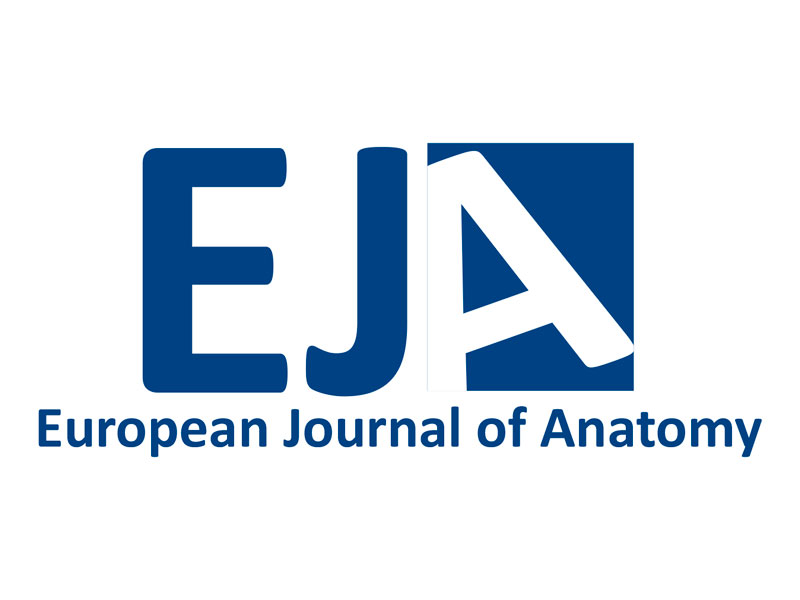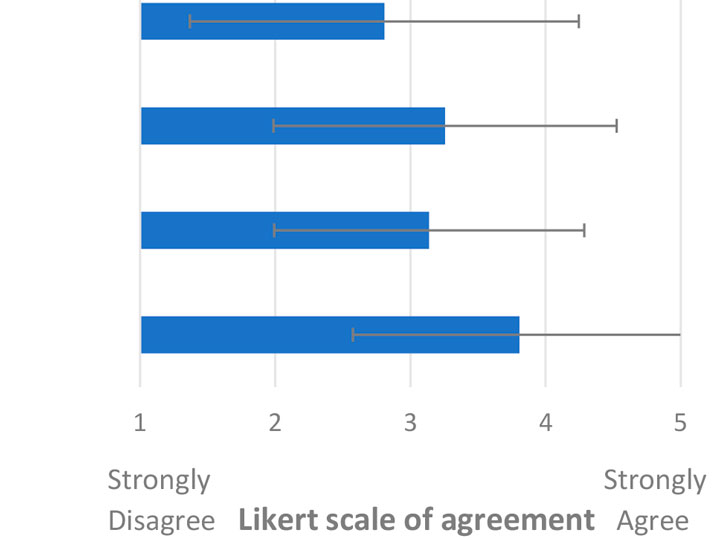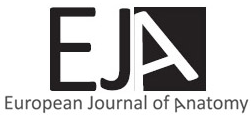The use of cadaveric material to study anatomy has been curbed by the requirements for its maintenance and use and by the anatomical contents in medical curricula, negatively affecting students. This study aimed to demonstrate the reported benefits of using cadaveric material in teaching anatomy. The benefits were categorized into 3 groups: audiovisual resources, teaching, and institutional cooperation and research. 1) Audiovisual resources: 2234 photographs, 256 videos, 16 websites, 28 anatomical replicas using 3D printing, the Laminario Anatómico, and a gymkhana online simulator. Students were surveyed about their perception and use of these resources. Their responses indicate they are considered useful tools for teaching and learning. 2) Teaching: all the practical activities with cadaveric material are comprehensively undertaken in different formats every year. 15 undergraduate programs have prosection activities, 9 graduate degree programs and 4 post-graduate qualification programs have prosection and dissection activities, and 22 graduate degree programs have cadaveric surgical training. 3) Institutional cooperation and research: 2 doctoral theses, 1 master’s thesis, and 37 publications. The use of cadaveric material is a contribution that strengthens all aspects of academia in the development of both instructors and institutions.
Academic benefits of using cadaveric material in health sciences education: Report of an experience
Emilio Farfán1,2, Oscar Inzunza1,2
1 Departamento de Anatomía, Escuela de Medicina, Pontificia Universidad Católica de Chile, Santiago, Chile
2 Morpho-Clinical Research Lab, Escuela de Medicina, Pontificia Universidad Católica de Chile, Santiago, Chile
SUMMARY
Eur. J. Anat.
, 27
(6):
789-
798
(2023)
ISSN 2340-311X (Online)
Sign up or Login
Related articles
Medical education



